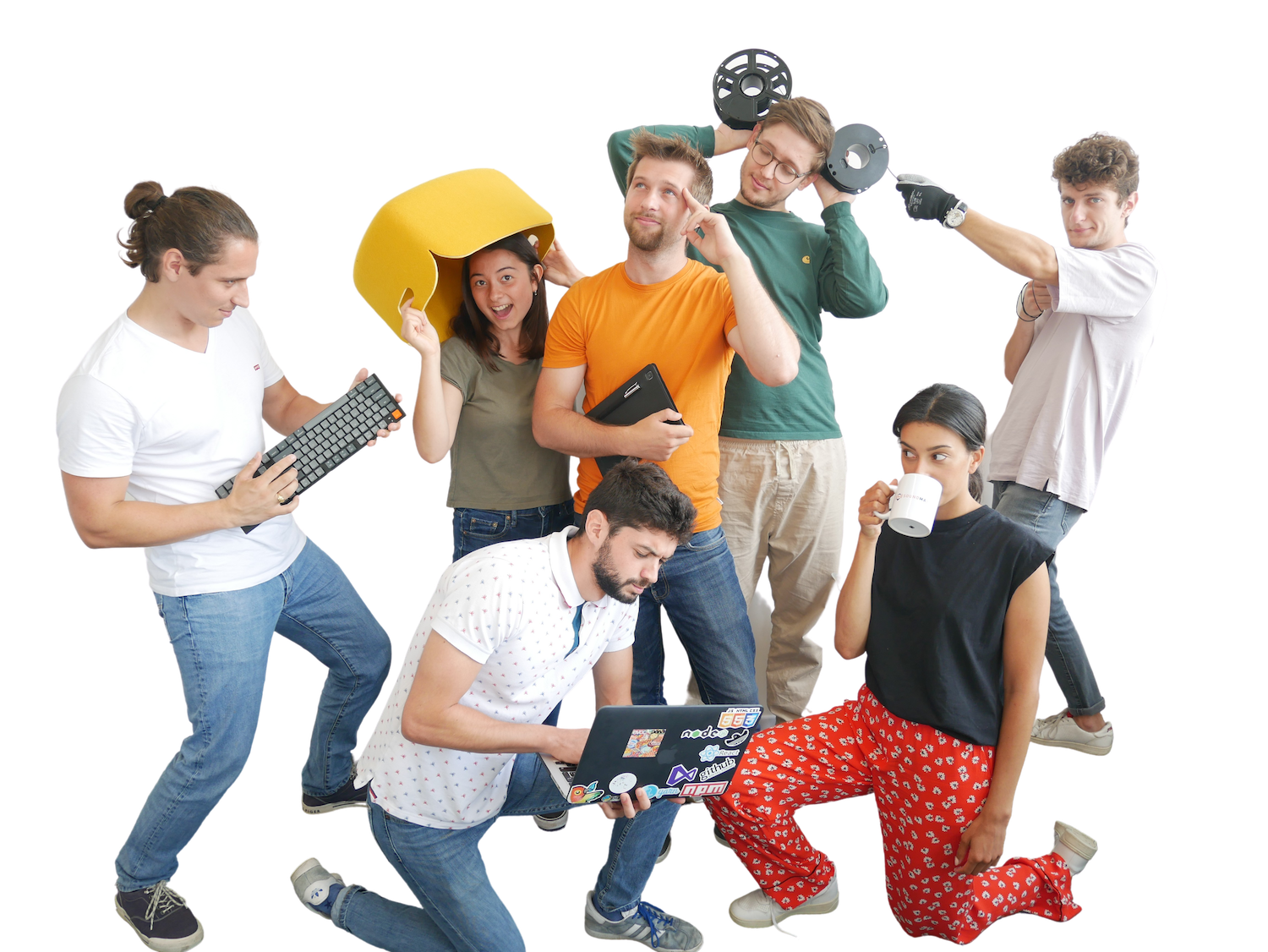
About Biped.ai
- Founders: Mael Fabien, Bruno Vollmer
- Founded in: 2021, Lausanne, Switzerland
- Employees: 6
- Money raised: €1.2 million via grants and investment
- Ultimate goal: Allowing blind and visually impaired people to navigate and discover new places independently
The technology behind self-driving cars was behind the idea of creating a kind of harness for the blind and visually impaired. Co-founder Mael Fabien of the Swiss company biped explains how it works.
How did the idea come about?
“Seeing videos about self-driving cars and the progress they are making with them in San Francisco got me thinking, ‘how can we use this technology for the blind and visually impaired?’ If we can make cars drive themselves, then surely that technology can also be used to give blind and visually impaired people their autonomy and freedom of movement. I approached a friend I knew from a hackathon about this. We realized that it had potential as a start-up after we wrote some code and created an initial prototype. In January 2021 he moved from Germany to Switzerland and now we are working full time on biped.”
Also interesting: Innovative shoe warns blind people of obstacles
What differentiates biped from other companies developing products for the blind and visually impaired?
“We offer one ready-made solution. There are indeed many other innovations that offer support to our target group, but therein lies the crux: those systems do not work together. You have electronic walking sticks that vibrate near objects, smart glasses that detect faces and QR codes, GPS devices and so on. But you can’t simultaneously process a vibration and sound while also listening to your smart glasses. Our harness has 3D cameras and detects moving objects, predicts where they are going and has a battery life of up to six hours.”
Have you tested the prototype with your target group?
“Before we started working on the software and hardware, we asked the Jules Gonin Eye Hospital in Lausanne what they thought of our idea. We have been working closely with them ever since. The prototype has now been tested by 50 people from the target group. Now we are in our fifth iteration and end-users and experts have been consulted for all versions.”
“The reactions have all been positive. People indicate that they have more insight and awareness of their surroundings when they are on the street or in a new environment. They can anticipate better and therefore feel safer. Now we are looking at how we can improve the ergonomics of the harness and are completing our final prototype which will incorporate these ergonomic improvements. Many end users told us that they had the dream of running around a stage one day. We also want to expand our solution so that the harness can be used in other types of activities in the future, such as running.
Will we soon see all blind and visually impaired people running with a biped harness?
“We don’t have a fixed cost for our harnesses yet. It will probably be offered for lease first so users can test it before spending a lot of money on it. Hopefully, it will eventually be reimbursed by users’ health insurance like other devices, but that still has some way to go. We hope that our product will become accessible to everyone. Only then can we achieve our goal: to give people their freedom of movement and autonomy (back).”
Read previous episodes of this series here.


